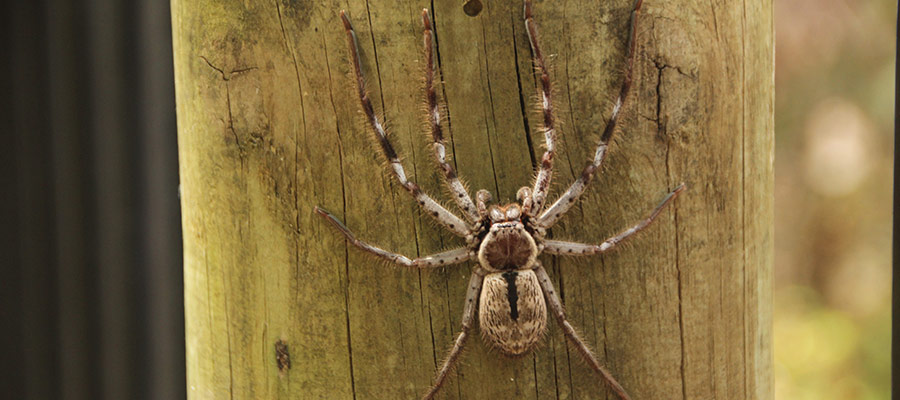
COMMERCIAL PEST CONTROL
Termites are one of the most common pests in Australia. According to the Commonwealth Scientific and Industrial Research Organization (CSIRO), approximately 32% of house in Australia have some termite activity at a given point in time. Moreover, there is an 80% chance that your house is within 25m of a colony. This, coupled with the fact that termites can travel up to 100m in search of food, means that the odds are stacked against you. There’s a very small chance that you won’t ever have to deal with them. Luckily for you, AusWide experts are trained to deal with termite infestations as efficiently as possible.
Termites are soft-bodied and white in color, often mistaken for ants. Termites cause the most damage to wooden structures. To attack these structures, they require favorable soil conditions and direct access to timber. Since most of the construction in Australia is wooden, the latter is not too hard to achieve. The most common type of termite infestations in Australia are those caused by Coptotermes Acinaciformis, a native species of subterranean termite. These termites, like ants, live in intricate colonies with different types of termites responsible for different roles. These include the worker termites which are white in color, soldiers which have brown heads and large jaws, the kings and queens (the kings pretty much roam around doing nothing while the queens handle the reigns to the colony). In the summertime, there’s a winged form of reproductive termites known as alates that emerge and leave the colony to spread further away and build new colonies. These alates seem very similar to winged ants, also called alates, but the latter generally emerge in late spring/early summer. One way to distinguish between the two is that winged ants usually emerge after it has rained. If you see any other signs of a termite infestation, which we will highlight later on, it is best that you reach out to us ASAP.
WHAT YOU CAN DO
Termite activity can be detected by the following signs:
- Paint peeling off the walls as it would if there was water damage
- Wooden or laminate floorboards buckling or seeming to shift
- Floorboards squeaking as you walk on them
- Wood that sounds hollow when you tap on it
- Mud tubes on walls or near trees close to your house
- Jammed doors or windows
- Piles of termite pellets that resemble salt or pepper
The best way to curb the spread of termites in the house is to schedule periodic investigations by experts so they can ensure that everything is in order. With pests like these, the risk of discovery only after significant damage has been done is relatively high. We DO NOT recommend dealing with termites on your own as if they are not eliminated completely and in a timely fashion, they can cost you a lot of time, money and anguish.
Once activity is noticed, DO NOT disturb Termites working. DO NOT break their channels. This will result in soldier termites to block the channels and honk the workers to attack another part of property in search of food meaning timber. Disturbance of termite working makes the work of a technician difficult.
WHAT WE OFFER
We offer a range of services in relation to Termite Control.
Termite Detection and Pre-Purchase Inspection
PRE-CONSTRUCTION BARRIERS
AusWide Pest Control has fully licensed technicians lead by Entomologist to offer Termite treatment on brand new houses. Pre-Construction work is divided in two stages:
Part A – covers all penetration points on your building. This basically means installation of hard/soft collars on plumbing/electrical pipes. This is a general statement only and some complex building designs may require further preventative measures.
Part B – requires termite barrier around the property. This can be done by means of Physical or Chemical barrier:
Physical Barrier – A physical termite barrier is a moisture barrier that is installed around the perimeter of the building.
Chemical Barrier – involves but not limited to pouring chemical around perimeter of slab or every stump in case of subfloor. This can also be done by installation of Reticulation system.
Reticulation System – is a perforated pipe that is installed around all critical areas of property. This helps the building owner for future chemical treatment without any destruction.
POST-CONSTRUCTION BARRIERS
For existing premises, chemical barrier can be created using drill and trench method.
Auswide Pest Control partners with TermSeal for its physical barriers.
We are also approved applicators of BASF Termidor for chemical barrier.
Termite barriers are governed by AS 3660.
cheemz
